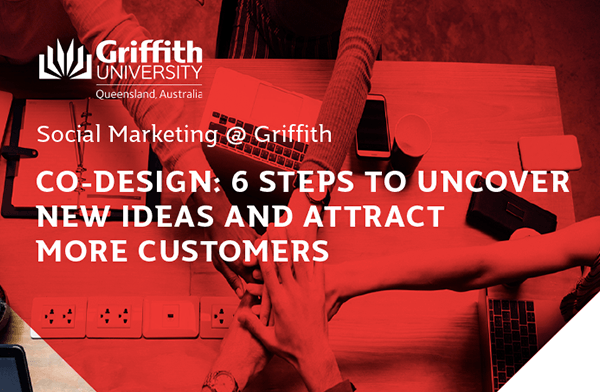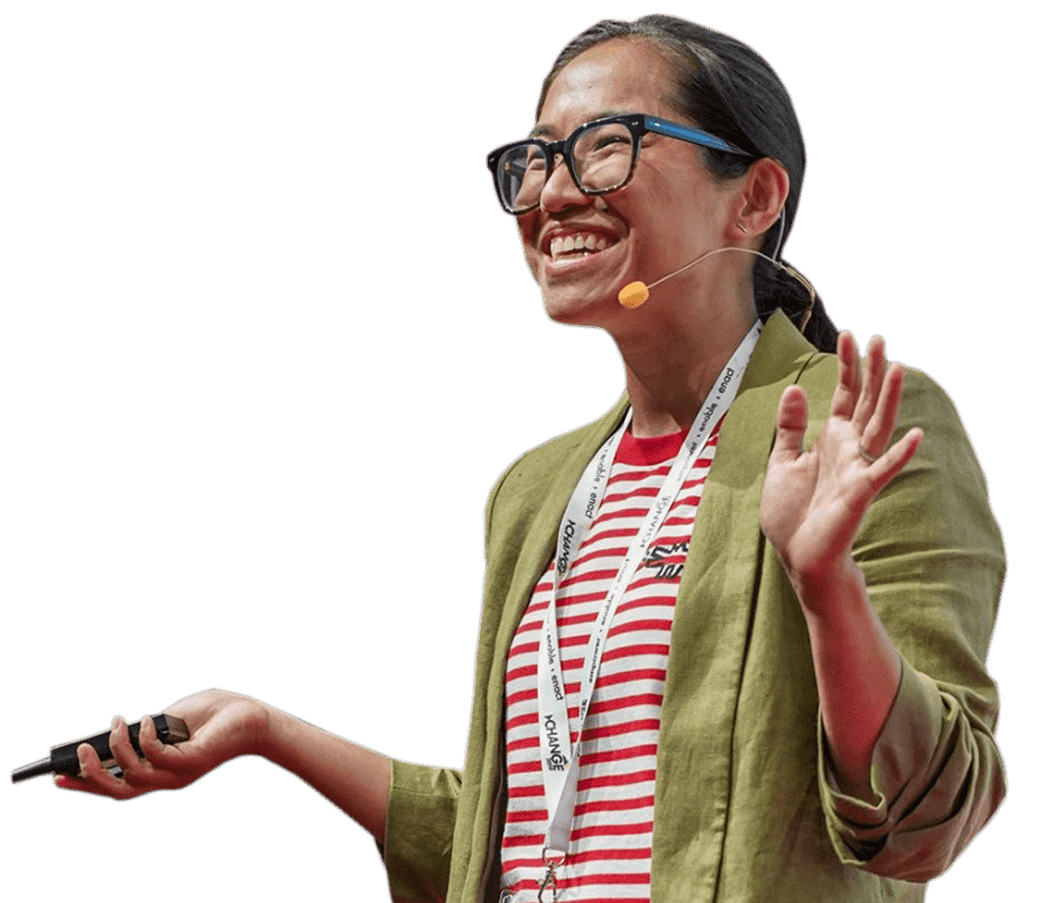Are you stuck for new ideas?
Are you looking to improve your offering? Are you failing to attract new customers? This blog shows you how you can work with the people who know best to discover innovative ideas and ways that you can refresh you offering to attract more new customers. Following 6-easy steps, you can apply co-design to understand how more people can be attracted to your offering.
Background
The constant strive for new and improved experiences is a popular topic around the world. Whether it’s the latest mobile phone, a self-driving car, video game or smart refrigerators, it is quite easy to find excited people who are willing to help companies improve their design or develop new products, services and programs. Co-design empowers people recognising they are experts of their own experience. Working with the people who know your offering best can prevent costly failures.
By working with the people who know best (students who would have to participate in the program) the research team was able to discover new and innovative ways to improve the program. Not everyone recognises that they are experts who have a lot to offer. Recently, Social Marketing @ Griffith co-designed Blurred Minds with 58 high school students aged 14–16 years across six co-design sessions.
Want to learn how to facilitate your own co-design session?
In our one-day workshop, we will show you how to gather, analyse, and utilise consumer preferences to build better behaviour change programs, products and services.
Co-design workshops are conducted to empower customers as experts of their own experiences
Co-design Advantages
By working with the people who know best (students who would have to participate in the program) the research team was able to discover new and innovative ways to improve the program. New online games (including a virtual house party) and activities were developed with students. Students were able to voice their opinions, and they felt “empowered” to be part of an important cause – changing the lives of their fellow students.
Let's take a look at the 6-step process that was used to co-design a program
Our step by step guide to co-design (see Figure 1) is explained in Dietrich et al. (2017). Read on to learn how to plan and run one of these sessions.
6-step co-design process
The 6 step co-design process was developed to guide readers into discovering new, innovative and unique ways to attract more customers. This step by step guide details the six co-design steps showing you how to apply co-design to your offering today. In our co-design guide, we take you through one of our main examples "Blurred Minds". Blurred Minds was successfully co-designed with high school students to develop a new and useful alcohol education program.
STEP ONE - RESOURCING: DOING THE HARD YARDS
To start, you need to find best practice examples from around the world. Your aim is to find ideas that you think would help to improve people’s experiences with your product, service or program offering. You can use these as design tools to get the conversation started in your co-design session. The materials you find can then be used to build activity cards, role-playing, collage making, sketching and many more.
How we did it with Blurred Minds: We developed activity cards to help participants recall activities that they had previously experienced in the Blurred Minds program. We added a range of activity ideas that our experts hadn’t experienced before.
STEP TWO - PLANNING: GETTING ORGANISED
Before you run a co-design session, you need to set session venues and times and you need to plan ahead for possible unexpected events (e.g. drop-out/disengagement of participants, conflicts, off-topic discussions, etc.).
How we did it with Blurred Minds: The co-design sessions for high school students required the research team to ensure that key school staff involved were supportive and allowed for the facilitation of these sessions at school venues. School staff helped our team to recruit students for the co-design sessions.
STEP THREE - RECRUITMENT: FINDING THE RIGHT PEOPLE TO ATTEND
Find the people who have experienced your program, product or service and/or the people that you think should be experiencing what you have to offer. Identifying and working with the right people is critical because these people know best.
How we did it with Blurred Minds: Working with high school students to develop new alcohol education resources is not something that gets done every day. Some students might not want to participate. We worked with key stakeholder groups (funding partners and school staff) to help us recruit participants into the co-design sessions which were conducted on school grounds, making it easy for students to be able to attend sessions. We offered incentives (itunes gift vouchers) to thank our people for their time.
STEP FOUR - SENSITISING: PRIMING THE AUDIENCE
This step is essential for the success of your co-design session. Building trust is a key factor and having a warm up activity really helps people to feel comfortable showing them that they can contribute great ideas.
How we did it with Blurred Minds: Students were asked thought provoking questions to get them excited about the upcoming co-design session.
STEP FIVE - FACILITATION: BUILDING TRUST AND DEVELOPING ENGAGING ACTIVITIES
Competitions help to engage people providing a challenge. Role playing or fun games help creativity and encourages collaboration between people involved in co-design. Facilitation helps by giving step by step guidance and sequencing of activities that helps people to engage actively in design.
How we did it with Blurred Minds: All students had previously been engaged in some form of gameplay and were then handed a series of activity cards. Each person was asked to individually reflect and rate the activities provided. Participants also received blank cards giving them the freedom to include new ideas from the start. Our co-design participants reported feeling empowered knowing that their ideas would help us to shape a new alcohol education program.
STEP SIX - EVALUATION: SELECTING THE MOST SUITABLE IDEAS
All data collected from the co-design sessions needs to be evaluated for relevance, innovation and feasibility. You need to select ideas that you can execute. Importantly you want to take ideas that came up frequently into your planning. Listening to those who know best is the key to success.
How we did it with Blurred Minds: We analysed people’s preferences and examined all newly proposed ideas with regards to their feasibility. These were used to develop the new Blurred Minds program.
TAKEAWAY MESSAGE
Following this step-by-step process allows you to open your thinking. Our research has demonstrated that we need to work with the people we are trying to reach and draw on their experience to innovate. A user-oriented process can help you to avoid costly failures.
Download the Co-Design How-to (FREE)

We collect your details to provide you with a range of resources and services to help you improve your marketing efforts. You will receive these and other communications via email. For more information about how we treat your data, check out our privacy policy.
We collect your details to provide you with a range of resources and services to help you improve your marketing efforts. You will receive these and other communications via email. For more information about how we treat your data, check out our privacy policy.
Empathetic Co-design
Quick video by TEDxTilburgUniversity delivered by Wina Smeenk
Wina Smeenk is an innovation strategist and designer, who believes co-design is more than just working together.
She recognises that working with users, problem owners and creatives will lead to innovative, sustainable and meaningful situations and solutions. By working with people with dementia, care institutions and development teams, through co-design sessions, she successfully created a dementia simulator which positively impacted on the behaviour amongst a range of people.

